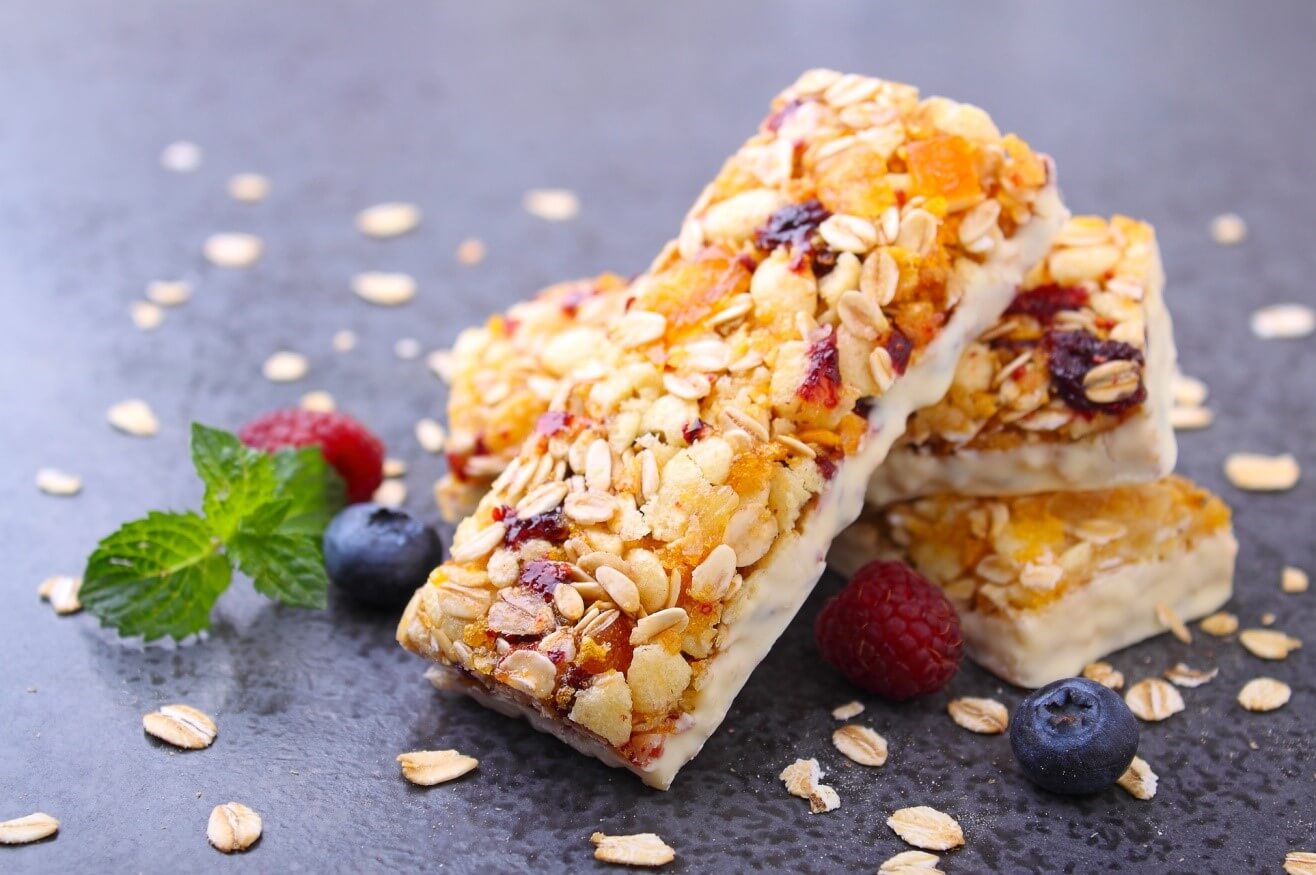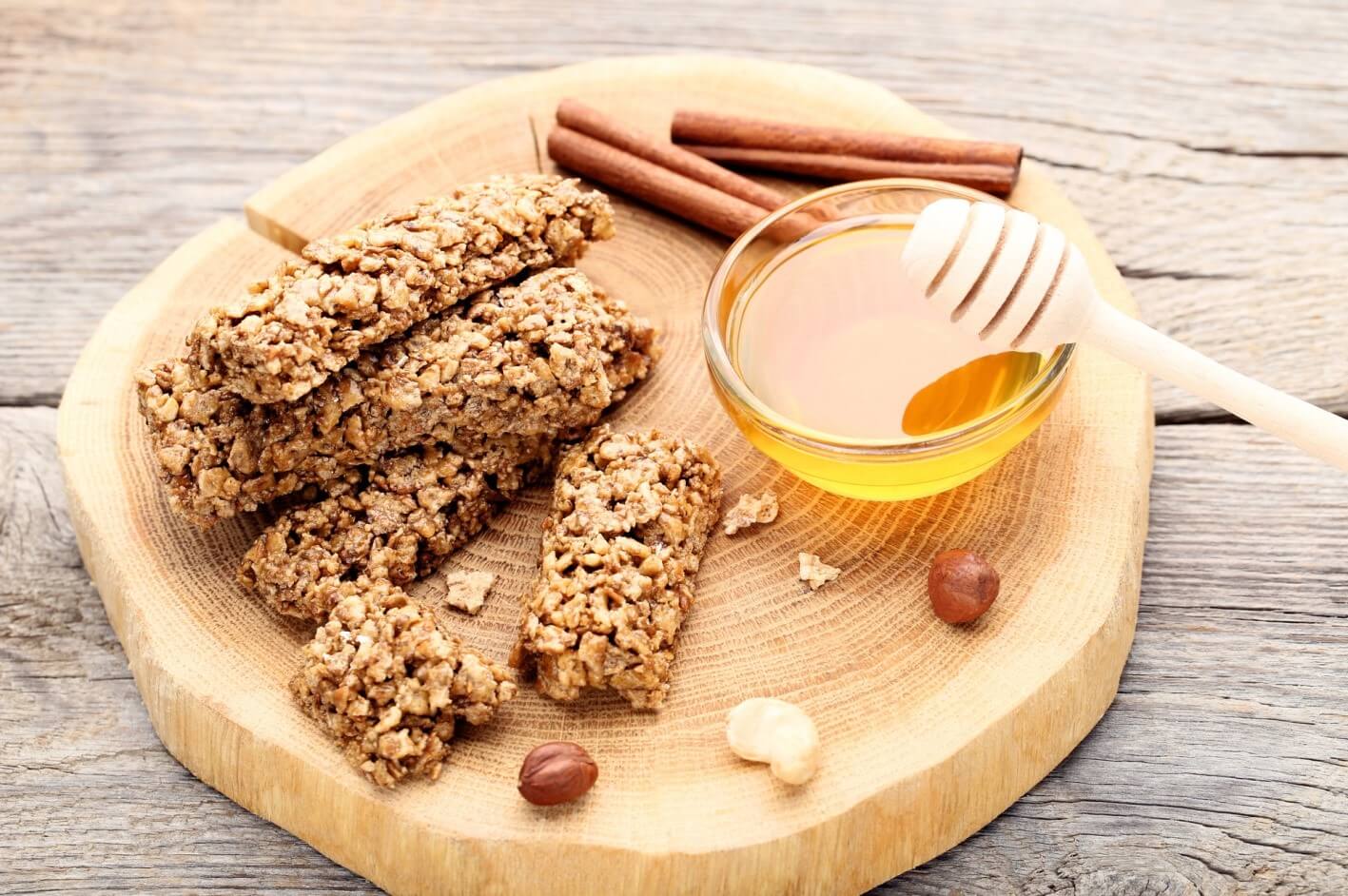Highlights:
- Taste and texture are incredibly important to consumers when choosing a bar.
- The type of protein used in a bar (plant, dairy, etc.) greatly impacts its flavor profile.

It sounds simple enough to give consumers a delicious, decadent nutrition bar packed with in-demand ingredients like protein. What could go wrong? Apparently, a lot, and most consumers know that. According to a survey by FMCG Gurus, over half of US consumers (54%) agreed that healthier snacks are less tasty.1 But the tide could be turning.
Protein bars are on the rise, driving growth in the bar category. Protein is now the top-ranked attribute that bar consumers look for, according to Mintel, 2 and 48% of US consumers indicated they look at protein amount, just ahead of sugar content at 45%.3
Protein appeals to consumers for reasons ranging from satiety and general health to weight loss and muscle building. In addition, protein that comes in a no-prep, portable format like a protein bar is ideal for uses ranging from an on-the-go breakfast to a healthy kids’ snack.
While many consumers purchase bars for their health and convenience, taste and texture can play a huge role in encouraging repeat purchase. However, dialing in nutrients while offering craveable flavors and enjoyable textures is an obstacle many brands face.
While healthful ingredients may be what consumers say they want, “taste is king,” says Steve Adolphson, Research Manager at Glanbia Nutritionals. According to Mintel, after price, taste is the largest bar purchase barrier, with nearly 1 in 3 consumers who don’t purchase bars indicating it’s because they don’t taste good. 4
But don’t rule out texture, either. A recent survey by Glanbia Nutritionals found 64% of US bar consumers said texture is either moderately or very important when choosing a protein bar.5 “Chewy” ranks first among bar 42% of bar consumers, followed by “crunchy” (33%) and “soft” (28%).6 Whipped textures, crispy layers, and decadent coatings also hold appeal.

When formulating a protein bar, it’s important to remember that protein, as well as other added nutrients, can impact both taste and texture. The recent uptick in requests for indulgent bar formulation noted by Glanbia Nutritionals indicates just how essential overcoming these taste and texture challenges is to meeting the expectations of today’s consumers.
“We can achieve a bar that provides benefits with a delicious tasting flavor,” said Michael Levine, Director Product Strategy, Flavors, at Glanbia Nutritionals. “Indulgence and health do not have to be mutually exclusive.”
Ingredient choices, especially protein choices, can help or hinder brands when it comes achieving their ideal bar formulation. One thing to consider is protein quality. Adolphson notes that dairy proteins provide a high-quality complete protein, or one that achieves a PDCAAS of 1.0.
Most plant proteins, including pea protein, require the addition of other proteins to supplement their amino acid content for a complete protein. Often, blending plant proteins can influence a bar’s texture, as they tend to be drier.
The type of protein is an important consideration in formulating a protein bar. Dairy and plant proteins can vary significantly here, with dairy proteins tending to be smooth and plant proteins often gritty. There is even variation among dairy proteins, with whey protein producing a chewier, denser texture than milk protein, according to Adolphson.
Then there’s flavor. Plant proteins have additional challenges here due to bitter, beany, and grassy notes. “The flavor masking aspect in plant-based formulations is so much more relevant,” says Brooke Rosenthal, Glanbia Nutritionals Product Strategy Manager, Flavors. “In plant-based formulations, application scientists and flavorists work together to optimize the full system.”
Whereas dairy-based proteins provide a clean slate, plant-based formulations are a better canvas for bold flavors. “Plant-proteins impart their own inherent flavors which can often be a challenge,” stresses Adolphson. “Most of the time, brands have specific flavors in mind, but sometimes protein can help guide flavor.”
For example, pea proteins are not well suited to delicate flavors like vanilla and almond but can work well with more assertive notes like cinnamon or chai. “Most of the time, we can make bars that match the customer’s request,” Adolphson acknowledges, “but we also give them options that may be better suited and let them make the decision.”

So where can bar formulations go wrong? Steve Adolphson says bar development can get complicated if the brand doesn’t have a clear target in mind. “A clear target with an open mind on how to get there increases likelihood of achievement.”
For example, brands should have a good understanding of their consumers’ needs, including nutrient preferences such as high protein and low sugar, as well as functional benefits like gut health or mood support.
It’s also important to be clear on how consumers are likely to use the product. Is this a post-workout bar where the consumer might appreciate an indulgent chocolate caramel flavor or a protein breakfast bar where cereal and fruit flavors would be more satisfying?
Another area where challenges can arise is during scale up. This is why understanding the impacts of processing, which can influence things like consistency and texture, is critical when formulating bars. “We are knowledgeable in a lot of the processing aspects in bar manufacturing,” says Adolphson, noting his team works on designing bars with those aspects in mind, so scale up is easier.
“Our team can help guide our customers through the whole process. Everything from concept to prototype development to scaling up in a pilot setting in our pilot plant to assisting co-mans and troubleshooting or providing support in plant trials.”
Immunity ingredients, adaptogens for stress support, and natural energy boosters like coffee bean extract appear to be the next frontier in nutrition bar formulas. As consumers look to get more from the foods they enjoy, these benefits come with their own set of challenges. Collaborating with bar experts is a sure way to meet today’s healthy snack trends while delivering taste and texture that satisfy. With a wide range of functional and nutritional ingredient solutions, along with established formulation and application expertise, we’ll help you create bars with the texture, nutrition, appearance and flavor characteristics that your health-conscious consumers desire.
Contact Glanbia Nutritionals to start your bar today.